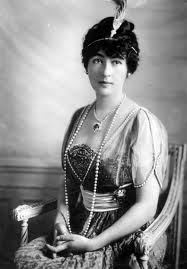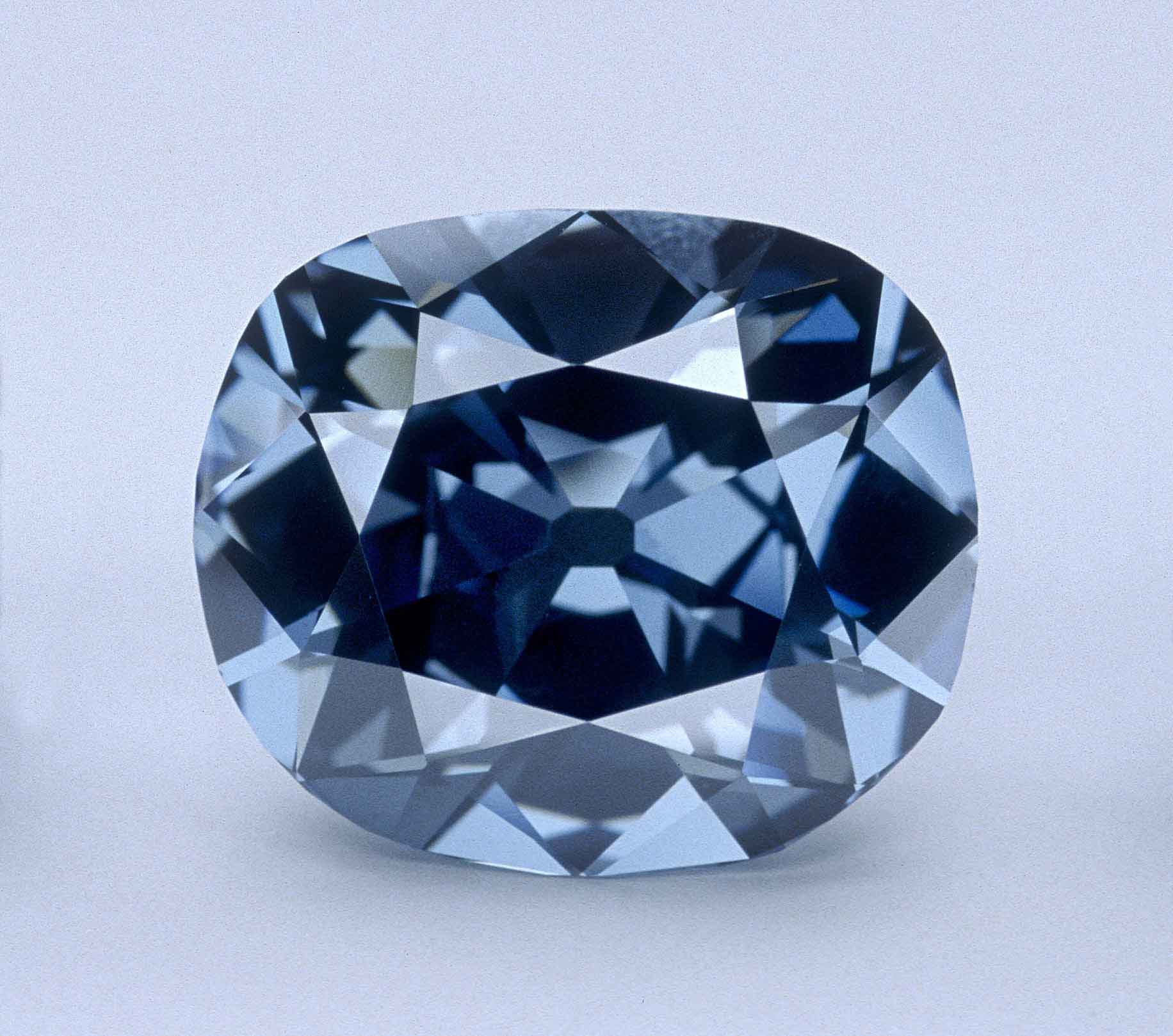by Richard W. Wise, G.G.
©2010
I just watched the Smithsonian Institution’s new program “Mystery Of The Hope Diamond.” It was presented on the Smithsonian Channel Saturday night but can also be viewed online. The presentation focused on two topics; the curse and the gem’s phosphorescence.
That the “curse” was a marketing ploy, invented by Pierre Cartier in 1910, to sell the diamond to Evelyn Walsh McLean has been well documented. According to the legend, the stone brought disaster to all who owned it. Jean Baptiste Tavernier, the man who brought the diamond from India was supposedly torn apart by wild dogs when in truth he died of old age in Moscow. That such a story would tempt the young socialite to defy the curse and purchase the stone, says a great deal about the reckless hubris of nouveau riche Americans of the Gilded Age. It does not answer the question as to why the Smithsonian spent so much time rehashing this discredited old saw.
It seems to me that more recent events, in particular, the discovery in 2007 of the lead replica of The French Blue, a 68 carat diamond owned by the French Crown, stolen in 1792 is far more significant. Subsequent computer modeling based on the replica established without doubt that the Hope had been cut from this purloined stone. That news was given about fifteen seconds and neither Francois Farge, the discoverer nor Scott Sucher, the modeler received a mention.
This was dictated, I am sure, by political considerations along with the rehashing of Richard Kurin’s totally undocumented thesis that the stolen diamond had been purchased by King George IV—a label found with the rediscovered lead model strongly suggests that the French Blue was in the possession of Henry Phillip Hope before it was recut. Oh well, if Hollywood, not to mention Pierre Cartier, has taught us anything it is that to win a mass audience, it is necessary to titillate and legends and curses no matter how far fetched, are far sexier than history.

